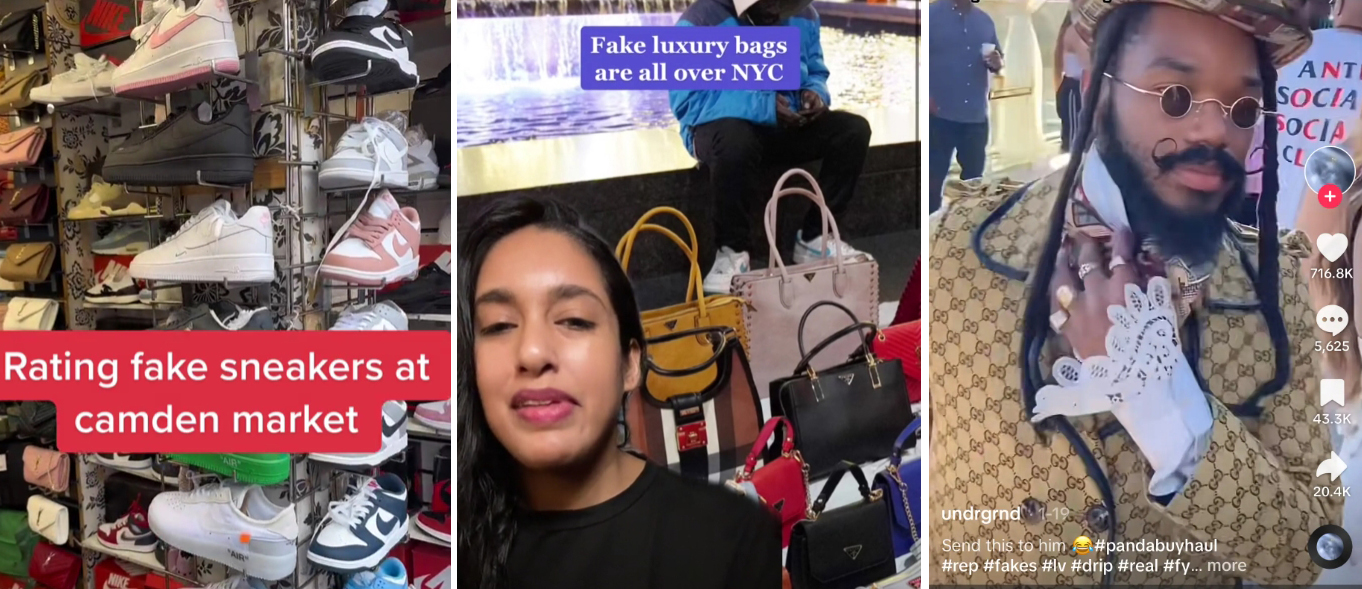How to Work with Influencers to Promote Designer-Inspired Products via Independent Websites?
Among my client base, those individuals or teams who have been running independent stores selling designer-inspired products for more than two years are generally profitable — meaning the business is still active and sustainable. If they can survive, it’s because the project has created profit and room for growth.
In terms of fast-moving traffic, aside from paid ads, influencer marketing (KOL) is one of the only two sustainable methods that can match the conversion potential of advertising. Today, I’ll walk you through how to collaborate with the right influencers for your replica-style ecommerce store.
In previous posts, I discussed micro-level strategies for influencer outreach in this niche. Today, we’ll zoom out and cover a more strategic, big-picture approach.
1. Choosing the Right Influencer Platform
Out of all influencer platforms, YouTube remains my top recommendation.

Why? Because YouTube creators typically produce higher-quality content and attract audiences with stronger purchasing power. Many ad buyers are constantly stressed:
“The CPC is too high!”
“Should we lower the price by another $10?”
“If we drop more, there’s no margin left — we’re doomed.”
But YouTube influencer traffic is different. Unlike impulsive clicks from ads, influencer-driven traffic comes primarily from two sources:
Loyal followers of the influencer
These followers already trust the influencer as a style authority or product recommender — this kind of traffic is pre-warmed.
Google search traffic
Since YouTube is owned by Google, its videos often rank well in Google search. Your product video has a high chance of ranking for long-tail keywords, bringing in evergreen search-driven traffic.
That’s why traffic from YouTube tends to be high-conversion, with stronger buying intent, resulting in a higher average order value compared to traditional paid ads.
Another advantage: YouTube videos have lasting visibility. Unlike TikTok, where content peaks in 3 days, YouTube videos accumulate traffic over time, compounding visibility.

That said, TikTok does bring explosive short-term ROI. A viral TikTok clip can push hundreds of sneaker orders or dozens of bags overnight — but it rarely lasts more than a few days.
2. How to Work with Influencers
Step 1: Screening Influencers
When identifying influencers in the branded-lookalike or designer-inspired niche, start by reviewing their historical videos to ensure their content is aligned with your product style and market.
Key evaluation metrics:
Account age
Follower count
Engagement Rate (ER)
Niche focus and content verticality
Past collaboration history
We won’t go too deep into the technicals here, as detailed influencer audit systems are part of our internal paid consulting. But in short: thorough vetting is crucial to avoid wasted budgets.
Step 2: Reaching Out
Once you’ve shortlisted influencers, reach out via their contact info — usually found on YouTube or Instagram.
Keep your pitch short and clear. Here’s a sample outreach template:
Subject: Collaboration Opportunity
Hi [Name],
I run an ecommerce store specializing in premium designer-inspired products. We’re looking for a creator to feature our products in a video on your channel. We’ll send you a sample product and offer a generous commission or flat rate.
Let me know if you’re interested!
Best regards,
[Your Name]
Depending on your budget and the influencer’s size, there are generally two cooperation models:
Flat fee for content
Commission-based performance reward
In the replica-style niche, over 90% of influencers prefer upfront payment — contrary to what many online “gurus” claim. Why? Most influencers prefer immediate returns over uncertain long-term income, especially if they’re unsure of your brand’s strength.
If you’re investing in a content partnership, choose influencers with real audience scale and set a clear cost ceiling. Always send samples and confirm content expectations.
Step 3: Post-Send Follow-Up
Once the sample is delivered, track the logistics closely.
As soon as it’s signed for, follow up with:
Posting schedule reminders
Video requirements (title, description, any discount codes)
Platform placement expectations

If everything goes well (and they don’t ghost you), that completes the collab cycle.





